Influencer marketing is the buzzword in digital marketing today. 92% of marketers who use influencer marketing find it to be effective. From luxury brands to mom-and-pop shops, almost everyone wants to try their hands at influencer marketing to promote their products.
But do you know who the latest breed of digital stars making waves in the world of influencer marketing are? The latest icons on the influencer marketing block are Computer Generated Imagery or CGI influencers.
Yes, you heard that right.
These social media influencers aren’t real or human. As the name “CGI influencers” suggests, they are generated by computers. But they have already started to revolutionize influencer marketing. They’re indeed the next big thing in the world of influencer marketing.
Table of Contents
Who are CGI influencers?
At an initial glance, it might be difficult to identify a CGI influencer from other social media influencers. CGI influencers wear stylish attire from real fashion brands and they dine in at the fanciest of local restaurants.
Or at least they appear to do so.
You can see them posing with celebrities and hanging out with their friends at exotic locations. Their social media feeds often look too good to be true.
Image via Independent
That’s because they're not.
CGI influencers are manufactured virtually and everything that they do is crafted by designers and programmers. Everything that they post is discussed for hours by a team of social media managers at the back-end.
But not being real hasn't affected their popularity at all. With millions of followers, some of them are quickly gaining more followers than prominent celebrities and popular social media influencers.
CGI influencers have been on social media for only a couple of years. So, there is a sense of wonder and fascination about their lives. What do they look like? What are they doing? Where are they going? Are they real? These questions keep bringing users back to check their profiles. There is curiosity about everything that surrounds them.
The creators of these lifelike digital influencers understand this very well. To feed this rousing interest, their creators have given them distinctive personalities. They have been given fictional backgrounds and a set of political and social beliefs that they advocate.
With this, the creators want to give several layers to their personalities so they appear quite similar to human beings. CGI influencers don’t hold back when it comes to expressing themselves on social media either.
Their social media profiles are full of long, honest, and relatable captions that spur controversies and discussions. They voice their opinions fearlessly. Everything that they do and say is to excite and evoke a strong response from users. Because of this, most of them have already earned loyal fan bases.
The Rise of Digital Characters
Even before CGI influencers came into being, digital marketing characters were already popular. Among the first breed of digital characters was Hatsune Miku, a Japanese pop star who goes on a world tour every year.
Image via Vulture
Originally, Hatsune Miku was just a software voicebank that had the voice of a female. Users could type any lyrics and hear them being sung in Hatsune Miku's voice. To go along with the voice, they created the image of an animated character.
As the character became more popular, artists and designers began experimenting with the character. This was way back in 2007.
Now, she has a social media following of more than 2 million on Facebook. She also has a separate video game avatar, a figure doll, and even an anime character. In 2013, Louis Vuitton’s iconic fashion designer, Marc Jacobs, even designed her tour costumes.
That’s when brands started to recognize the real potential of these digital characters. In a way, that really paved the way for the entry of CGI influencers.
Meet Popular CGI Influencers
1. Lil Miquela
With more than 1.3 million followers, Lil Miquela is one of the most popular CGI influencers. In 2018, she was also named as one of the most influential people on the internet by TIME magazine.
In her virtual life of almost three years, she has already partnered with big brands like Prada and Diesel and has been featured in magazines like GQ and Vogue.
Image via Instagram
Created by Los Angeles-based tech startup Brud, Lil Miquela is even shown championing causes like LGBTQ rights and Black Lives Matter. Her creators portray her as a 19-year-old Brazilian-American girl who dreams of becoming a singer someday in LA.
2. Bermuda
Also created by Brud, Bermuda features in a lot of Instagram posts by Lil Miquela. Bermuda joined Instagram just six months after Lil Miquela but she has a paltry 126K followers.
After she joined, Bermuda and Lil Miquela were portrayed having an online spat which stirred the interest of their fans. After some drama, the two became friends.
Image via Instagram
Initially, Bermuda was also portrayed as a loyal supporter of Donald Trump. But she had a change of heart and publicly said that she had evolved and outgrown that phase.
3. Blawko
Another of Brud’s creations, Blawko is one of the few CGI models who is on Instagram, Twitter, and YouTube. He often flaunts streetwear and prefers to cover his lower face with a mask in most of his social media posts.
As a part of the Brud family, he also hangs out with Miquela and Bermuda. Last year, he was also in an on-and-off-again relationship with Bermuda.
Image via YouTube
On his YouTube channel, Blawko uploads a video every Wednesday. His video content ranges from horoscope videos to reviews of Korean pop music. He has 136K followers on Instagram and 3,300 subscribers on YouTube.
4. Shudu
Image via Instagram
Dubbed as the world’s first digital supermodel, Shudu has modeled for the likes of Balmain and Fenty Beauty. She has also been featured in editorials in Vogue Australia and Cosmopolitan magazine.
Created by British photographer, Cameron-James Wilson in 2017, Shudu has 157K followers on Instagram with only 50 posts.
Shudu’s creation has attracted a lot of controversy. Wilson has been accused of cultural appropriation and racism. However, Wilson has maintained that his intention was only to create more diversity in fashion.
5. Lil Wavi
Image via Instagram
British creative director, Emily Groom, wanted her brand to flaunt freedom and creativity. For that, she came up with a digital avatar, Lil Wavi.
This CGI influencer is seen wearing clothes that have a futuristic aesthetic. They are bold, colorful, and have strong juxtapositions that draw you in. To match the brand’s personality, Lil Wavi is given a lot of swagger and oomph.
He is constantly seen traveling as well. In one post he might be seen in New York while in the next one he might be seen in London. On one of his trips to Paris, Lil Wavi also teamed up with The Ben Elliot Shop to provide an exclusive look into their art installation.
6. Imma
It’s been less than a year since Imma stepped into the world of virtual social media influencers. But she is already raising some serious eyebrows with her looks. She may be computer generated imagery but it’s hard to distinguish her from a human.
Image via Instagram
Created by Japanese CG Company, Modeling Cafe, Imma describes herself as a virtual model. Her Instagram says that she is interested in Japanese culture and films. She only has 34 posts in her profile but has more than 33K followers.
CGI Influencers vs Real Life Influencers
The increasing number of CGI influencers gives rise to many thorny questions.
Will this breed of CGI influencers make real life social influencers completely redundant? And will they survive in the long run? Will they reset all of the rules for the influencer marketing industry?
There are no black and white answers to these questions.
CGI influencers are still in a nascent stage and quite an experimental digital marketing strategy for brands. However, industry experts see a huge potential for branding with them.
While working with CGI influencers, brands can have complete control of the narrative. From the way a product is displayed to what’s written about it, everything can be the way they want it to be.
The Challenges of Working With Real-Life Influencers
With real-life influencers, that’s not always the case. There is an element of unpredictability in it.
If brands end up picking the wrong influencers, it could cost them heavily. Inconsistency in messages, missing facts, and attracting controversies are some of the problems that could arise.
Take for example the campaign in which Diclegis partnered with Kim Kardashian. When she published a sponsored post promoting the morning sickness drug, she did not add complete medical information.
The campaign received a lot of backlash and FDA got involved. In the process, it gave Diclegis a lot of negative publicity. It’s easier to avoid instances like these with CGI influencers.
The Benefits of Working With CGI Influencers
CGI influencers also make it easy to reach a broader audience. They can talk and post in any language and travel around the globe easily. With only a little manipulation, it’s easy to make them relatable to any culture or audience. Their personalities are also moldable. So overall, they provide a lot of scope for experimentation.
As CGI influencers create new possibilities, investors are realizing the potential that they hold for digital marketing.
Last year, Brud received funding of more than $5 million from investors including Sequoia Capital and BoxGroup. The company, which is now worth $125 million, plans to expand their family of CGI influencers soon.
New companies, with strong support from investors, are also looking to develop more virtual characters. Shadows, Toonstar, and SuperPlastic are all developing their own digital avatars that can take social media by storm. They promise to create avatars that will make their presence felt on YouTube, Snapchat, Instagram, and Twitter.
Potential Challenges of Working with CGI Influencers
But not everyone is convinced that they can completely shake off human influencers. Many people are even skeptical about the longevity of CGI influencers. They say it’s a fad that will soon be a thing of the past.
Even those who believe that the concept is here to stay are a bit cynical.
Unreal Standards
Just like human influencers, CGI influencers are selling an idyllic lifestyle. Their lives are picture-perfect. But that’s because they’ve been created on computers using 3D-modelling software.
Several designers work for months together to make them look perfect. A lot of work goes into every feature and characteristic that they showcase.
However, not everyone understands this. Since users only get to see the end result, this can set unrealistic standards of beauty and style for men and women.
Young and impressionable minds who grow up in such a culture might set similar expectations for their own selves. This can have serious consequences on their mental and physical well-being.
Inability to Build Trust
Brands can benefit from the rise of CGI influencers and the kind of hip culture that they bring with them. They bring an element of novelty that opens up new opportunities.
But how real is a product recommendation from a CGI influencer?
Lil Miquela and Shudu may look stunning in designer clothes and accessories. But it doesn’t change the fact that they are computer-generated, not real. They are great at showcasing products, but their recommendations might not be trustworthy.
After all, they aren’t trying the products for real. They can't tell you how a fabric feels when it touches your skin or if it is comfortable to wear.
These are the details that CGI influencers can’t share with their social media followers. That’s why their recommendations may not be bankable.
On the other side, human influencers are often seen as experts in their niche. Users know that a product has been tried by influencers themselves. So there is an added element of trust.
A survey found that trust and expertise were the top reasons why people trust influencer posts.
When it comes to CGI influencers, there is no scope for the same kind of trust. Everything that they say is fabricated. So, their promotional posts might not be too different from direct advertising.
Because of these limitations, CGI influencers have limited scope. A CGI influencer can’t really promote food without seeming completely artificial.
Imagine if someone who has no taste buds tells you that you need to try the new soda in town. Or if someone with no skin cells tells you that a certain moisturizer is great.
Any industry that directly involves the senses can’t really collaborate with these CGI influencers. This includes industries like food and beverage, pharmaceutical companies, beauty, and even entertainment.
Ambiguity of FTC Guidelines
There are certain limitations to what a social media influencer can and cannot post. This is based on the guidelines issued by the Federal Trade Commission.
When it comes to influencer marketing, the FTC is concerned about consumers being mislead. To prevent unfair business practices, these guidelines have been issued.
These guidelines have the best interests of consumers at the core. According to these guidelines, an influencer needs to disclose the kind of relationship they have with a brand. If they receive a product for free, they need to mention it. If they are being paid to write a review, it needs to be disclosed clearly.
This ensures that the consumers, brands, and influencers are on the same page. It promotes transparency so there is no scope of consumers being misled. Because of these guidelines, you may see hashtags like #ad or #sponsored mentioned in influencer posts.
But do the same guidelines apply to CGI influencers? Is it necessary for them to disclose that they are not human? Do they need to disclose their relationship with brands?
In an interview with CNN, an FTC spokesperson indicated that the same rules should be applied. “The FTC doesn't have specific guidance on CGI influencers, but advertisers using CGI influencer posts should ensure that the posts are clearly identifiable as advertising,” said an FTC spokesperson.
Another controversial topic is the product experiences shared by CGI influencers. FTC’s testimonial guidelines emphasize that endorsements should reflect the honest experiences of the endorser.
Some people say that we can consider that CGI influencers express the opinions of their creators. Others argue that these guidelines are simply not applicable to CGI influencers. That’s because these guidelines are meant for individuals, groups, or institutions. And CGI influencers do not fall into any of these categories.
Competition and Cooperation
In many industries, there is growing insecurity that artificial intelligence might replace humans. So, what’s the verdict for the influencer marketing industry?
Experts say that the growing trend of CGI influencers may not completely replace real-life influencers. That’s because it’s not a zero-sum game.
Take for example, how things changed when YouTube came into existence. It showed everything that you could see on television. But it didn’t really kill the need for television completely. Instead, a new market for online streaming services was created.
Virtual influencers will have a similar effect on the influencer marketing industry.
Adam Rivetz, Co-Founder and CSO of the influencer marketing company #paid says their existence will actually help human influencers.
In an interview with Wired, he mentioned that we might see human influencers creating their own digital avatars soon. In the future, we might also see more apps, tools, and games based on these CGI influencers.
“They could make a duplicate version where it’s like, ‘This is my real-life feed where I post certain things, but then here’s my avatar of myself where maybe I work with different brands or do more risqué things,’” Rivetz said in the interview.
The same holds true for celebrities as well as brands. We might even see more brands coming up with their own CGI influencers to create a strong sense of brand identity. In the past, brands had mascots for that. McDonald’s created Ronald and Kellogg's created Tony The Tiger.
These mascots helped brands create rapport with their audiences and engage with them. We might see the same happening with digital avatars as well. For this, character development is an essential part of their marketing strategy.
If creators can make a character’s life appear relatable, it could open up more opportunities as well. Cyan Banister, one of the investors for Brud’s seed rounds, says that these characters can also evolve to other mediums.
Gagan Bhalla, Managing Director at Kantar, a global insight, information, and consultancy network says it all boils down to storytelling. “What matters is not whether something exists or not, rather how creatively can a story be built around it – take the example of any Marvel or DC superhero,” he told Gulf News.
Emily Groom, creator of Lil Wavi, is also quite optimistic. In an interview with VICE, she said that virtual influencers are likely to bring a fresh set of skills in demand. “Soon we’ll see digital models walk down the runway through holograms as we dig way deeper into the future. There’s so much potential and I’m excited to see where it goes,” she said.
Final Thoughts
The new generation of CGI influencers are blurring the line between the virtual world and reality. Highly controlled and curated, these digital avatars are evoking a strong sense of curiosity among social media users. Big brands are ready to cash in on their potential and collaborate with them. They may not be real but their impact is.
What do you think about the future of CGI Influencers? Let us know your thoughts in the comments section below.

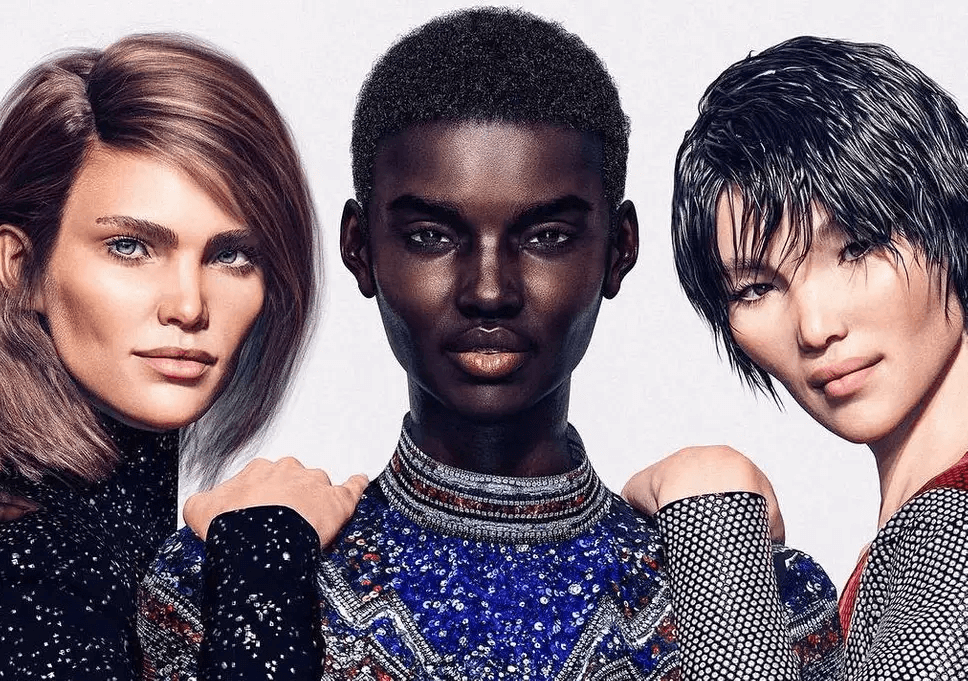
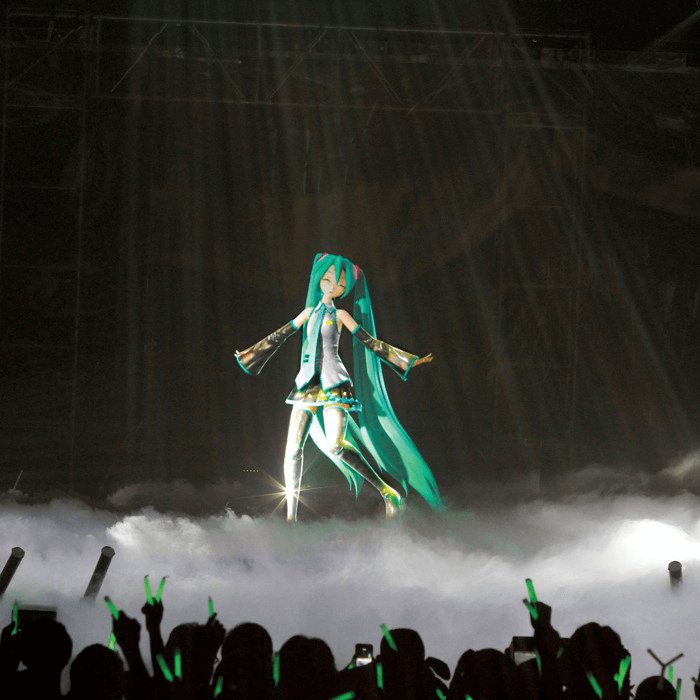
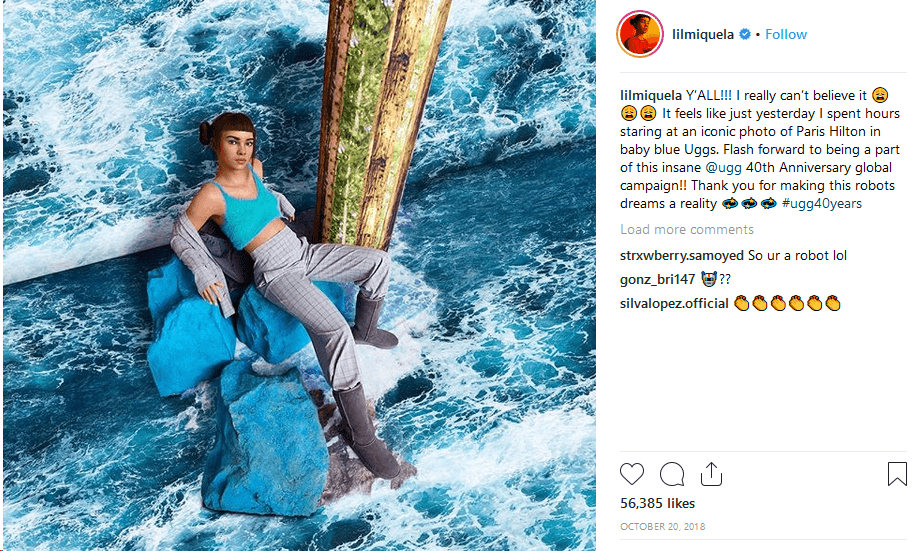
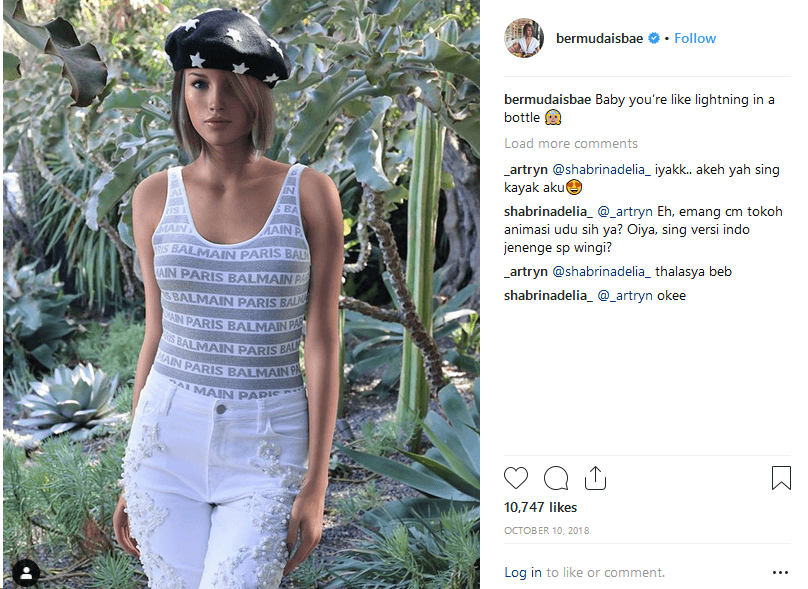
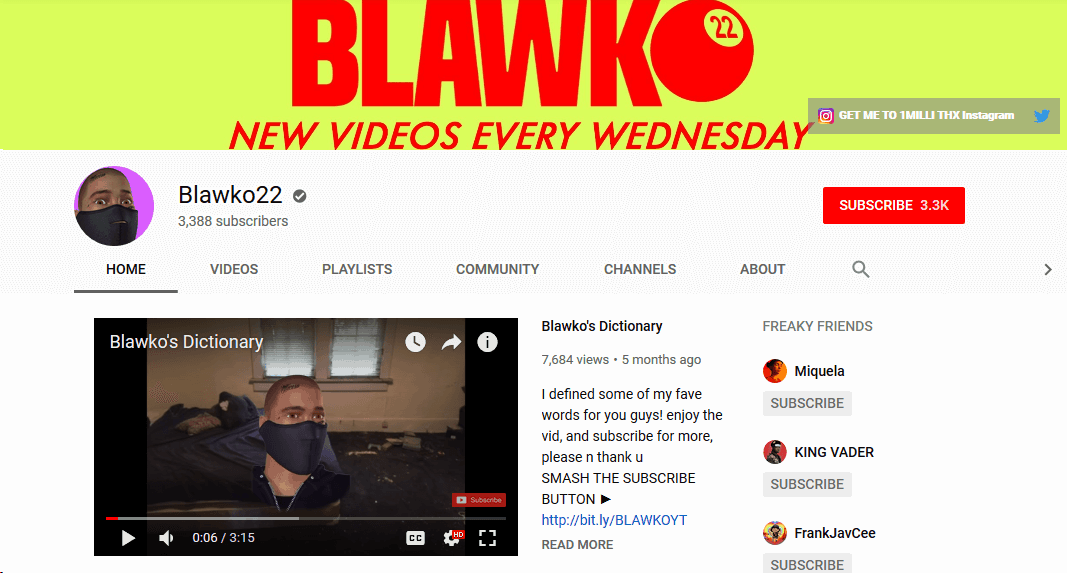
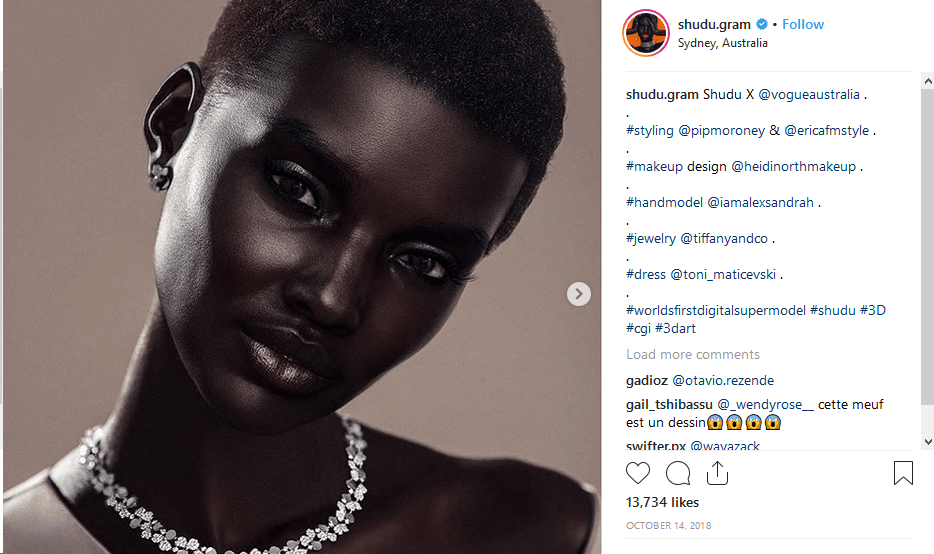
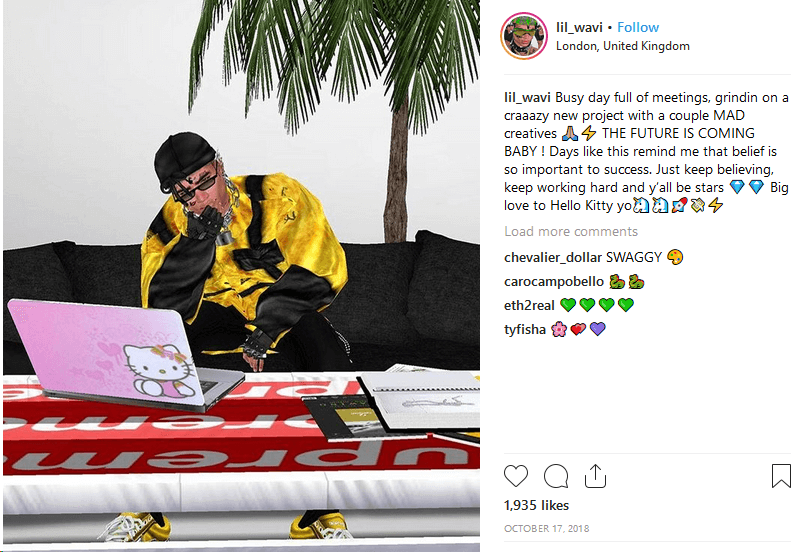
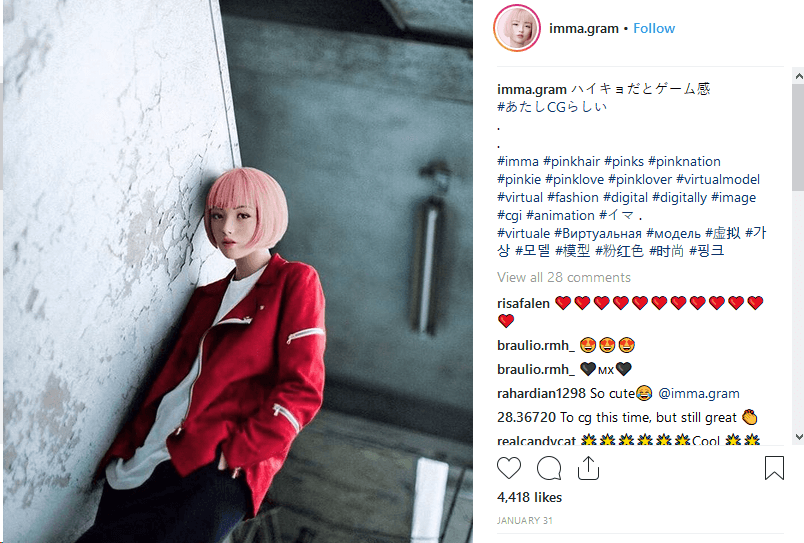

Related Articles
Influencer Outreach Tools: 21 Time-Saving Platforms You Need to Know
How Do You Amplify Influencer Content?
How to Conduct Influencer Outreach That Gets Stunning Results
17 of the Best Snapchat Influencers Who Can Boost Your Reach
How to Become an Influencer in 2024 [A Beginner’s Guide]
40+ Top Influencer Marketing Agencies in 2024